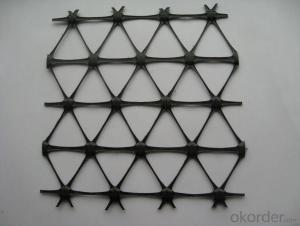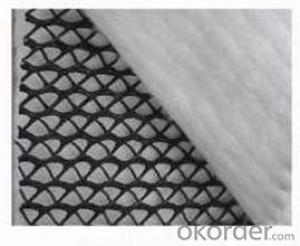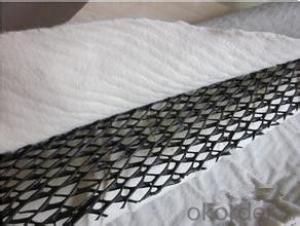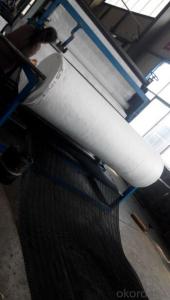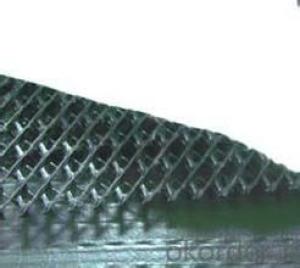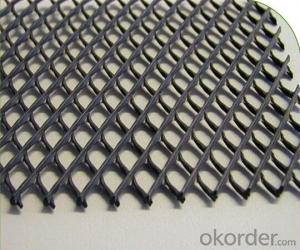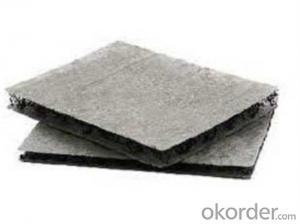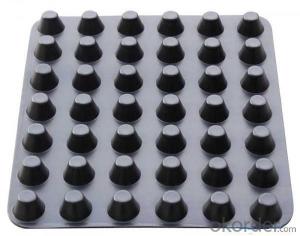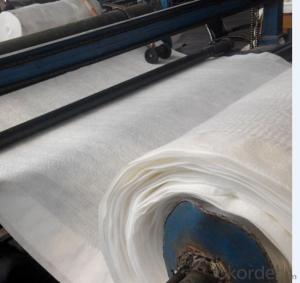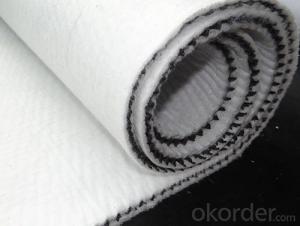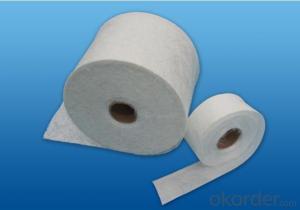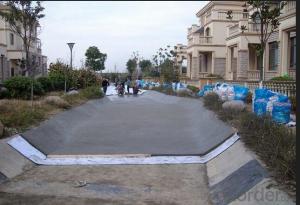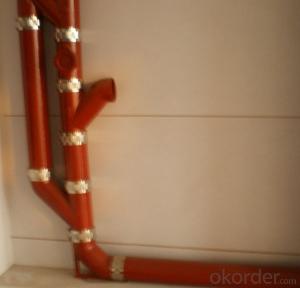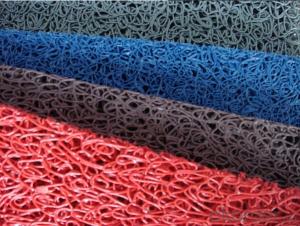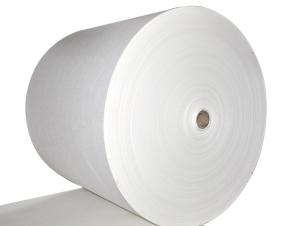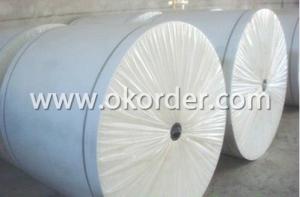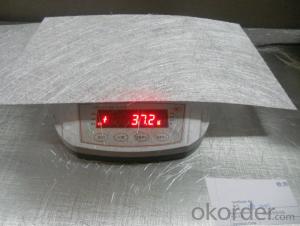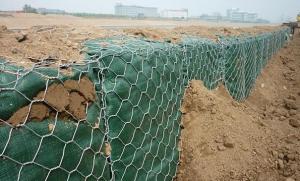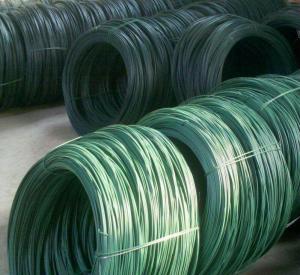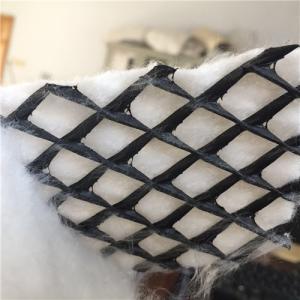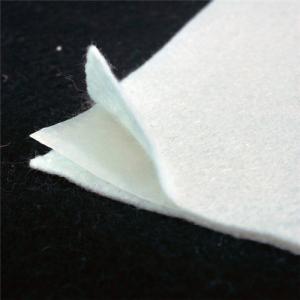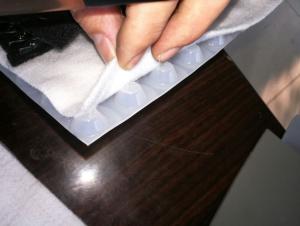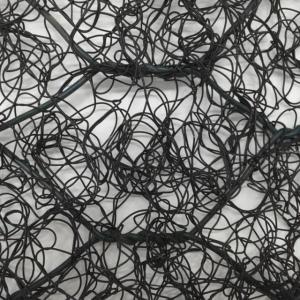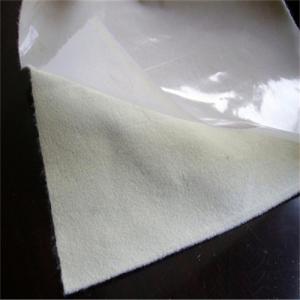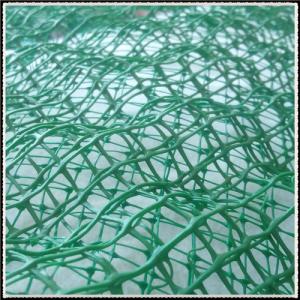Geocomposite Drainage Mat
Geocomposite Drainage Mat Related Searches
Geogrid For Erosion Control Geogrid For Gravel Roads Geogrid For Gravel Driveway Geogrid For Roads Geogrid For Driveway Geogrid For Slopes Geogrid Machine Geocomposite Sheet Drain Best Geogrid Geocomposite Wall DrainHot Searches
Cheap High Tea Sets For Sale Portable Led Signs For Sale Stone Hot Water Bottles For Sale Large Led Screens For Sale 1/4 Aluminum Plate For Sale H4 Led Headlight Bulbs For Sale Air Pump For Aquarium Price Inverter Size For Solar System Solar Thermal Collectors For Sale Used Finger Joint Machine For Sale Aluminum Dock Plate For Sale Aluminum Plate For Sale Near Me Solar Chips For Sale Solar Business For Sale Solar Controllers For Sale Pipe Staging For Sale Aluminum Stock For Sale Near Me Used Electrical Wire For Sale 6 3 Electrical Wire For Sale Aluminum Towers For SaleGeocomposite Drainage Mat Supplier & Manufacturer from China
Okorder.com is a professional Geocomposite Drainage Mat supplier & manufacturer, offers integrated one-stop services including real-time quoting and online cargo tracking. We are funded by CNBM Group, a Fortune 500 enterprise and the largest Geocomposite Drainage Mat firm in China.Hot Products
FAQ
- Geocomposites can be used in subsurface irrigation systems to enhance the efficiency and effectiveness of water distribution. These synthetic materials are often placed beneath the surface to create a barrier that prevents the clogging of soil or sand particles in the irrigation system. The geocomposites also help in distributing water evenly across the soil, reducing the risk of waterlogging or run-off. Additionally, they aid in improving the filtration of water, preventing the intrusion of unwanted particles or contaminants into the irrigation network. Overall, geocomposites serve as a valuable tool in optimizing subsurface irrigation systems and promoting sustainable water management practices.
- Yes, earthwork products can be used for storm surge protection. These products, such as sandbags, berms, and levees, are commonly employed to create barriers that can help protect coastal areas from the destructive force of storm surges. The use of these earthwork products can effectively reduce the impact of storm surges by providing a physical barrier against rising water levels and preventing flooding, thus safeguarding communities and infrastructure.
- The purpose of using geotextile bags in erosion control structures is to provide an effective and environmentally-friendly solution for preventing soil erosion. These bags are filled with sand, soil, or other suitable materials and then placed strategically in areas prone to erosion, such as riverbanks or coastlines. The geotextile fabric used in these bags allows water to pass through while retaining the soil, thus reducing the impact of water flow and preventing further erosion. Additionally, the bags act as barriers against sediment runoff, helping to protect nearby water bodies from pollution.
- There are several advantages of using geosynthetic materials in road pavement rehabilitation. Firstly, geosynthetic materials act as a reinforcement for the pavement structure, increasing its strength and durability. This helps in reducing the occurrence of cracks and potholes, thereby extending the lifespan of the road. Secondly, geosynthetics provide excellent separation between the subgrade soil and the overlying pavement layers. This prevents the mixing of different soil layers and allows for better load distribution, reducing the risk of structural failure. Additionally, geosynthetic materials have the ability to improve the drainage characteristics of the pavement. They can act as a drainage layer, allowing water to flow away from the pavement structure, reducing the risk of water-induced damage. Furthermore, geosynthetics are lightweight and easy to install, leading to cost and time savings during construction. They can also be easily recycled, making them an environmentally friendly option. Overall, the use of geosynthetic materials in road pavement rehabilitation offers numerous benefits such as increased strength, improved drainage, enhanced durability, and cost-effective construction, making it a preferred choice for road infrastructure projects.
- Yes, geosynthetics can be used for reinforcement in dam construction. Geosynthetics such as geotextiles, geogrids, and geomembranes offer various benefits like improved stability, increased load-bearing capacity, erosion control, and enhanced seepage control. They are commonly used to reinforce and provide additional strength to dams, ensuring their structural integrity and longevity.
- The function of geosynthetic drainage materials in sports field construction is to promote the effective and efficient removal of excess water from the field's surface and subsoil. These materials, such as geotextiles and geocomposites, are designed to provide superior drainage capabilities by facilitating the flow of water while preventing soil particles from clogging the system. This helps to maintain the stability and playability of the sports field by reducing the risks of water pooling, soil erosion, and turf damage caused by excessive moisture.
- Yes, geosynthetics can be used for reinforcement in road construction. Geosynthetics, such as geotextiles and geogrids, are commonly used to enhance the stability, strength, and longevity of roads. They help distribute loads, reduce the risk of cracking and rutting, and improve overall pavement performance.
- Yes, earthwork products can be used in landfill construction. These products include materials such as soil, clay, sand, and gravel, which are commonly used for various purposes in landfill construction, including lining the base and sides of the landfill, creating barriers to prevent leakage, and covering waste materials.


